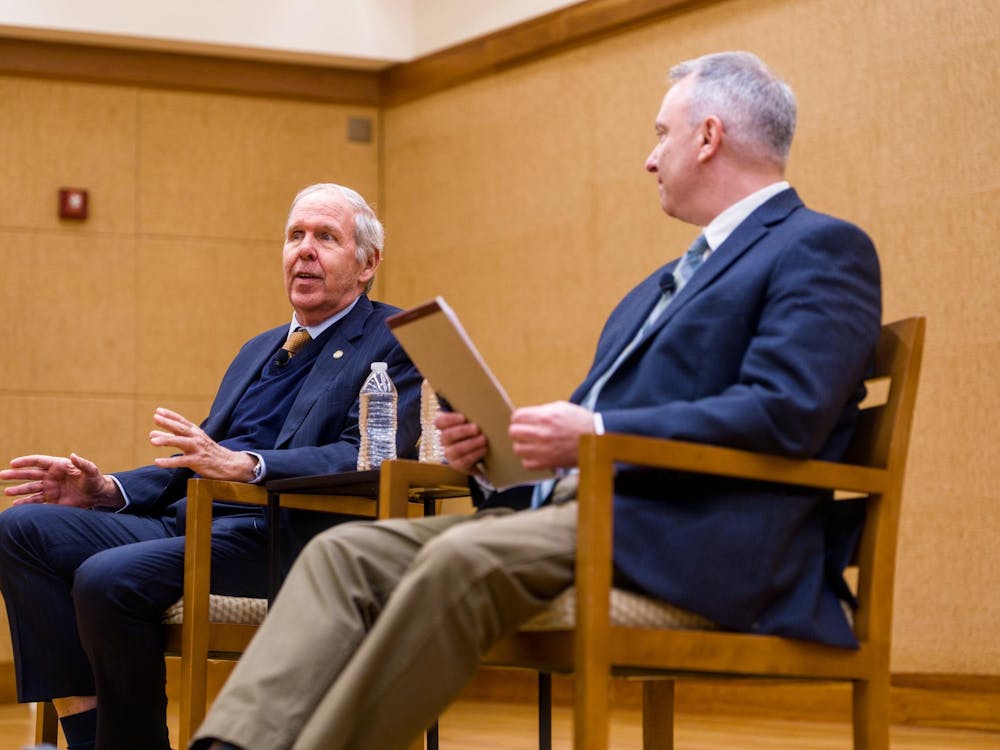Pick out the one place that sounds like it should be located in New York City more than the University's historic Grounds: Alderman Road. Clemons Library. Dabney Dormitory. Pricewaterhouse Cooper Center for Innovation in Professional Services. McCormick Observatory. Cocke Hall. All of these places, however, are real, and all of them are located on Grounds.
While older University buildings have generally been named after former University greats, the move in recent years, as the University has become more and more dependent on private gifts to fund buildings, has been towards donor naming.
The process
Before anything at the University -- buildings, classrooms or alleys --receives a name, it first goes before the President's University Committee on Names. A 15-member committee headed by Robert Sweeney, the University's senior vice president for development and public affairs, the Committee on Names includes nine administrators, as well as three professors and two students. One student on the committee is always the student representative to the Board of Visitors; the other is selected through an application process.
According to Alexander Gilliam, secretary of the Board of Visitors and a member of the Committee on Names, the naming process was reorganized in the mid-90s after problems arose with the previous system.
"Not so much the big buildings, but things like rooms and roads -- somebody was just naming these things without referring it to any higher authority," Gilliam said. "There was no control over it."
Under the present process, the Committee manages the designation of all types of objects at the University. According to its official charge, the Committee oversees the naming of "programs, departments, centers and institutes, buildings, portions of buildings (such as a classroom, auditorium, foyer, library, wing), collections of buildings, fields, open air courtyards, streets, alleys, and other outdoor areas and spaces."
The source for names often varies, according to Kathryn Jarvis, special assistant to senior vice president for development and public affairs and executive secretary of the Committee.
"The suggestion for a name can come from the dean of a school, the director of program, like say the Miller Center, or a development officer working with a donor on a gift," Jarvis said. "Sometimes we want to name [a building] in honor of something






